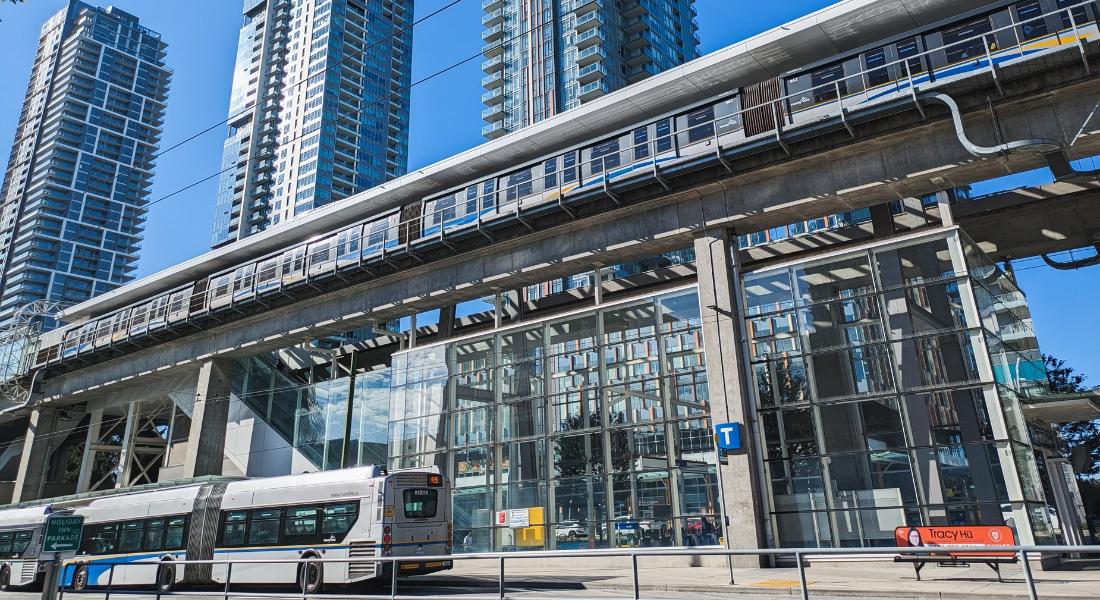Transit Funding Welcome News—A Critical Step to Keep Greater Vancouver Moving

Connectivity is the backbone of a healthy, productive economy. Whether you live in the heart of Downtown or in the suburbs, reliable transit is crucial for ensuring that our workforce can get to their jobs and that our businesses can thrive. In Greater Vancouver, TransLink is a vital engine driving this connectivity. Every day, it serves 430,000 people across the region, helping them get to work, connect with their communities, and engage in economic activities that keep our region moving.
But as our population grows, so too does the pressure on our transit system. Demand is rising, and with it, the need for stronger regional connectivity and expanded service. The Greater Vancouver Board of Trade’s Benchmarking Greater Vancouver report highlighted that we currently rank 11th out of 20 peer cities for urban mobility. Alarmingly, access to rapid transit outside of our central areas is declining faster than in the core. Without the necessary funding, these statistics will only get worse.
The agreement to invest $312 million in TransLink over the next three years, as part of the 2025 Investment Plan, is a welcome and necessary first step toward addressing the region’s transit funding shortfall and supporting the public transit system critical to economic growth and workforce mobility. Importantly, this plan includes three new and enhanced routes to key employment areas in Campbell Heights, Gloucester, and Tilbury – major industrial business centers that have long needed stronger transit links. Expanding transit access to these industrial lands will make it easier for people to reach job opportunities and help businesses attract and retain the talent they need to succeed.
We are pleased to see progress on securing funding for TransLink to service the region, ensuring that people will continue to have access to the transit services they rely on everyday. TransLink is facing an annual funding gap of nearly $600 million, and while this injection of support offers much-needed relief to help maintain service levels, keep the region connected, and enable modest service expansion in the near term, more is needed.
This is just the beginning. Reliable service, modest growth, and affordability in transit are the foundation of a resilient, inclusive, and future-ready region. As we look ahead, we must find a permanent funding solution that focuses on building a transit system that is efficient, high-quality, and sustainable for the long-term.